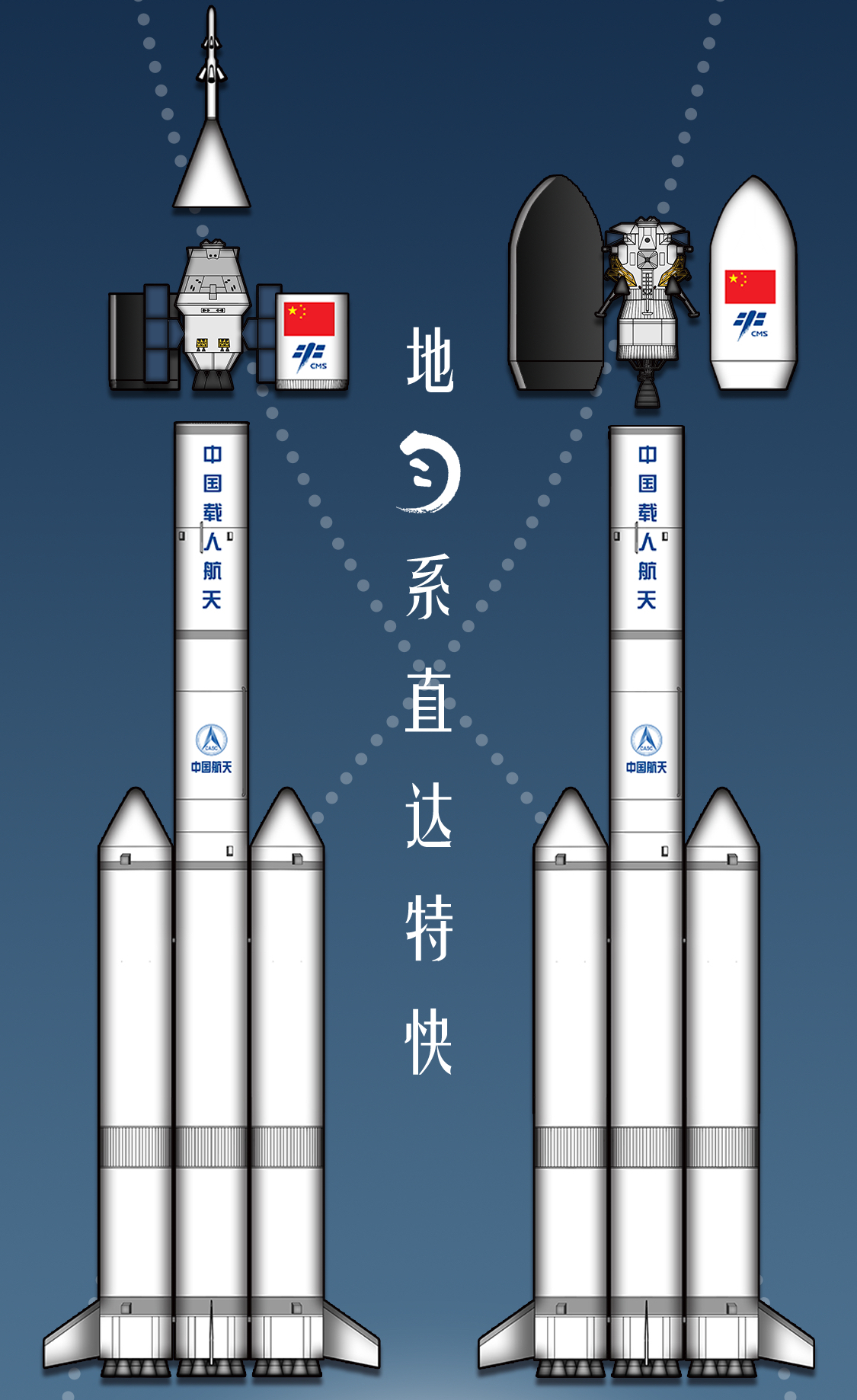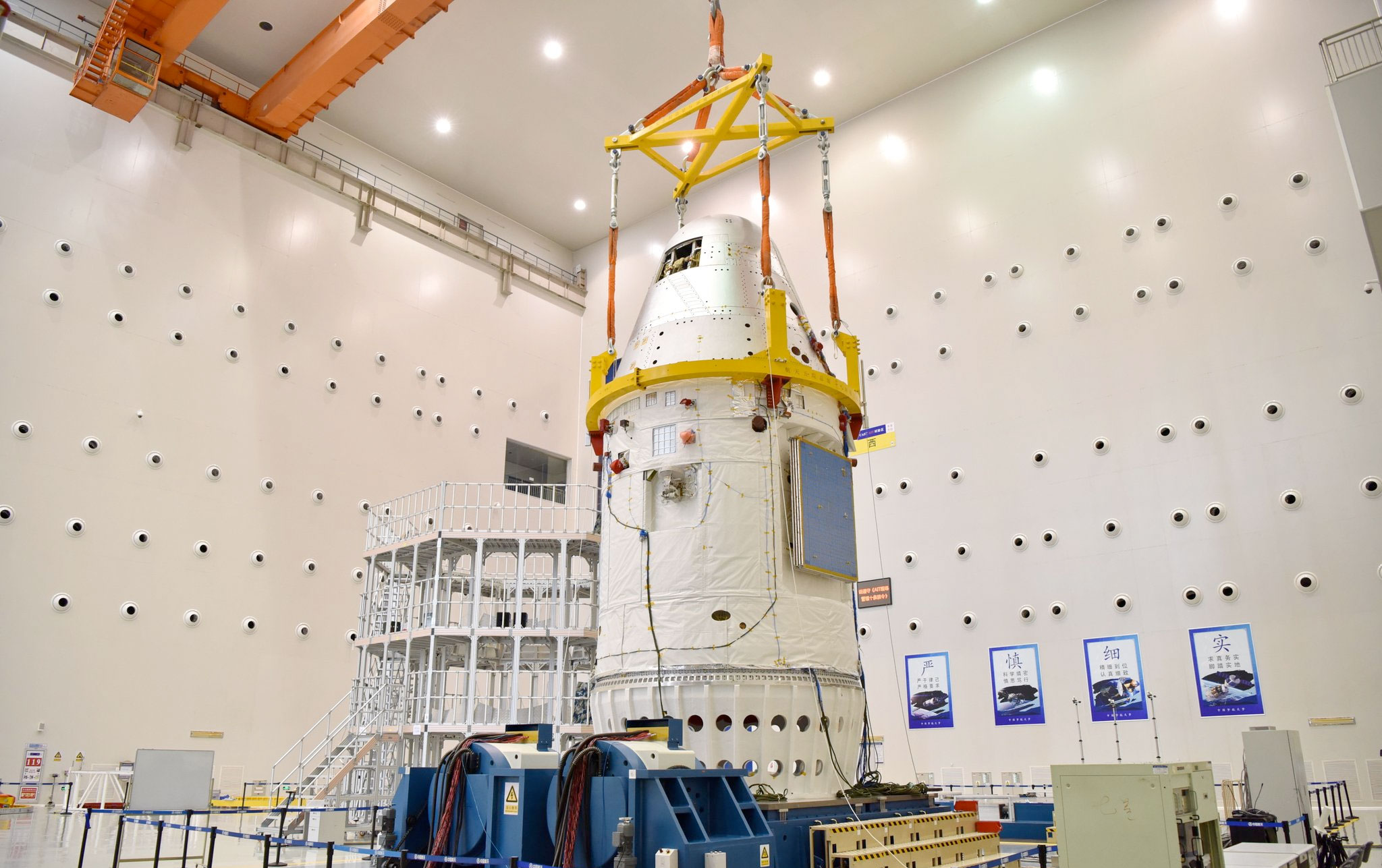Recently China's space agency's announced its plans to land a crew on the Lunar surface before 2030. China plans to use two Long March-10 rockets, which is planned to make its maiden flight in 2027, for the mission. The Long March-10 is a three-stage rocket currently under development in China to carry up to 70 tons to low Earth orbit or 27 tons on a trans-Lunar injection. For the landing mission, China will launch a rocket carrying the lander on a trans-Lunar injection followed by the Next Generation Spacecraft carrying three Taikonauts, Chinese astronauts. Veteran Taikonaut Yang Liwei, who was the first taikonaut to travel to space from China in 2003 and is currently serving as the deputy chief designer of China's manned spaceflight project, said;
"China is in the process of developing its next-generation manned spacecraft and eyeing between 2027 and 2028 for its maiden flight"

The boosters and first-stage core are powered by seven YF-100K engines burning kerosene and liquid oxygen producing up to 2678 tons of thrust, the second stage is powered by two YF-100M engines burning kerosene and liquid oxygen producing 298 tons of thrust, the third stage is powered by three YF-75E engines burning liquid hydrogen and liquid oxygen producing 28 tons of thrust. China is also looking into using a single-stick two-stage version of the Long March-10 for carrying up to 14 tons into low Earth orbit in an effort to modernize its crewed rockets for sending crew to its space station.
The Next Generation Spacecraft weighs 26 tons and has already flown a test that was deemed as successful. The spacecraft will primarily be used for transporting crews to Lunar orbit and returning to Earth. Unlike the Shenzhou spacecraft, the Next Generation Spacecraft has two parts. One is the return capsule, which is the command center of the whole spacecraft and the living quarters for the taikonauts. The other is the service module, which is the energy and power center.






